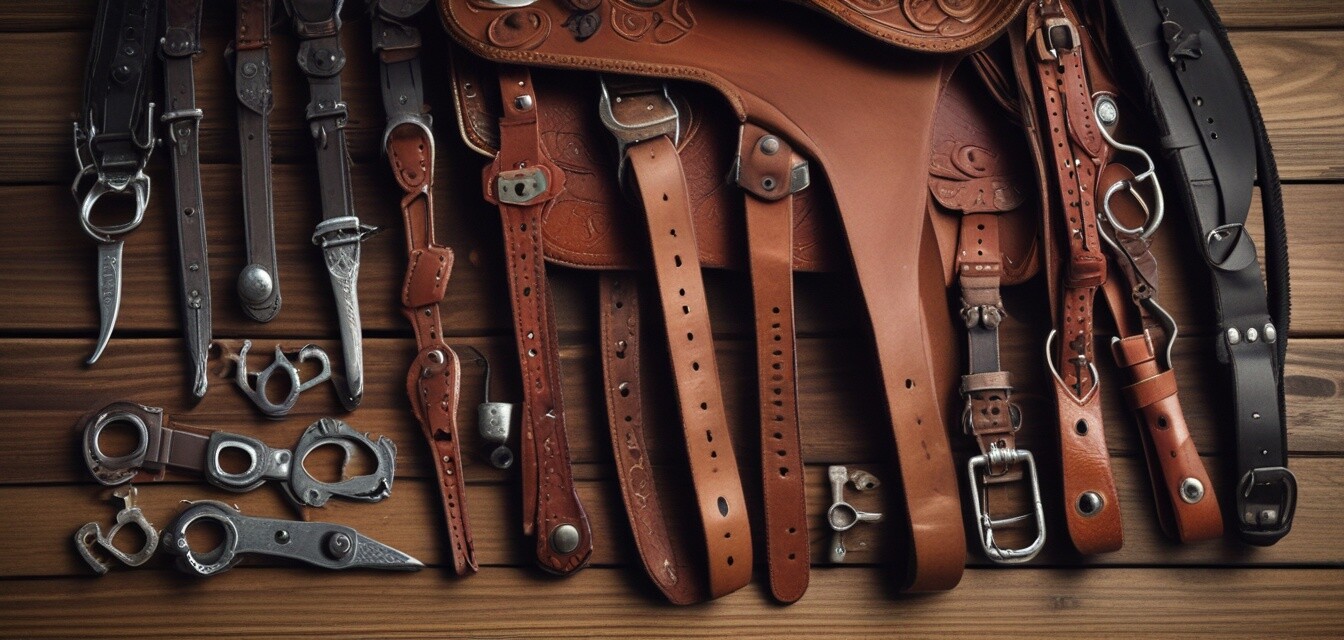
Best Practices for Buying Second-Hand Tack
Key Takeaways
- Assess the quality and safety of second-hand tack carefully.
- Check for wear and tear that could affect functionality.
- Understand the importance of materials and construction methods.
- Research the seller and ask for detailed images.
- Know your type of riding to choose the right equipment.
Purchasing second-hand tack can be a great way to save money while still ensuring you have the essential equipment for your equestrian needs. However, buying used saddle, bridle, or harness can sometimes be tricky. This guide will walk you through the best practices for assessing the quality and safety of second-hand tack before making a purchasing decision.
Understanding Tack Quality
When it comes to tack, quality is pivotal to ensure not only comfort for your horse but also safety during rides. Quality tack will enhance the performance of both you and your horse. Below are key factors to consider when evaluating second-hand tack:
| Factor | Description |
|---|---|
| Material | Leather, synthetic, and fabric are commonly used; check for wear. |
| Construction | Look at stitching, buckles, and fittings; they should be secure. |
| Condition | Assess for any signs of damage, rot, or rust. |
| Fit | Ensure the tack fits your horse well to avoid injury. |
Assessing Second-Hand Tack
Before purchasing second-hand tack, thorough assessment is crucial. Here are some steps to help you evaluate the equipment effectively:
-
Inspect for Wear:
Examine the tack for any obvious signs of wear. Look for cracked leather, broken stitching, or rusted hardware.
-
Check Fit:
Make sure the tack fits both your horse and yourself. Proper fit is essential for comfort and safety.
-
Ask for History:
Inquire about the history of the tack. Understand how often it was used and if any repairs were made.
-
Request Detailed Images:
If buying online, ask the seller to provide detailed photos from various angles.
Where to Buy Second-Hand Tack
While you can find second-hand tack in various places, it’s vital to choose a reliable source. Here are some popular places to consider:
- Online tack shops
- Local classifieds and auction sites
- Equestrian fairs and markets
- Social media marketplace groups
Pros and Cons of Buying Second-Hand Tack
Pros
- Cost-effective option for riders.
- Unique finds and vintage items that may be out of production.
- Environmentally friendly choice by repurposing gear.
Cons
- Risk of purchasing damaged or unsafe items.
- Limited ability to return items compared to new purchases.
- Difficult to determine fit and quality without trial.
Conclusion
Buying second-hand tack can be an excellent way to equip yourself without breaking the bank. However, it’s crucial to approach the process with care and diligence. Follow the best practices outlined above to ensure you make informed decisions. If you’re looking for more tips on purchasing riding gear, check out our Buying Guides for more helpful insights.
Additional Resources
For more information on horse care and supplies, feel free to explore the following sections:
